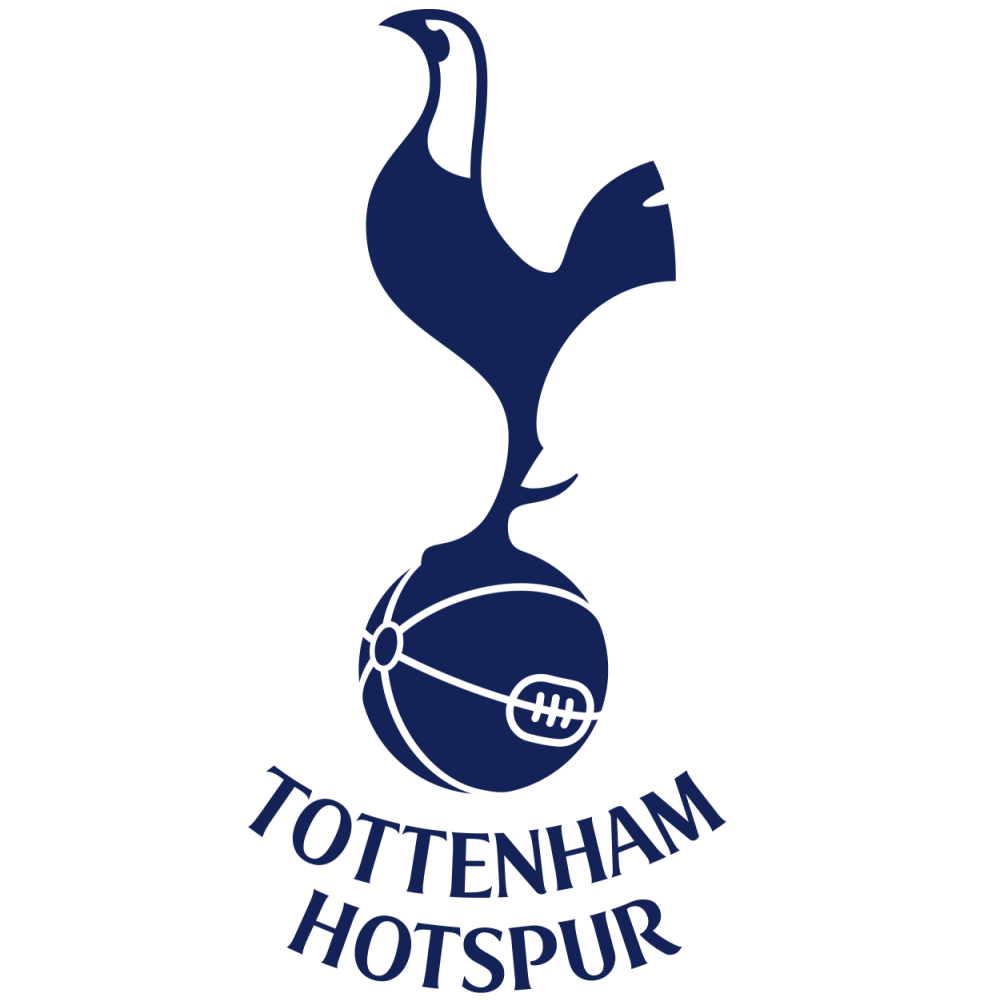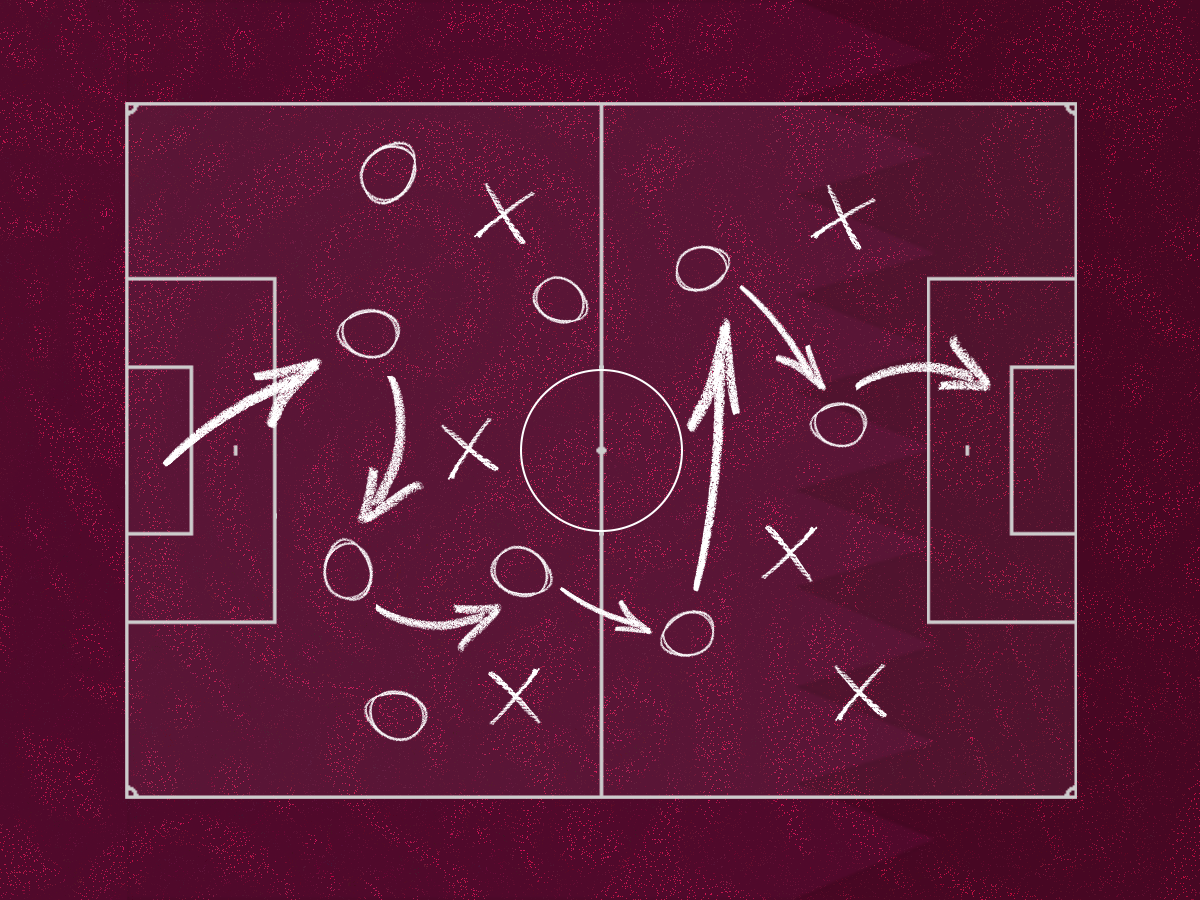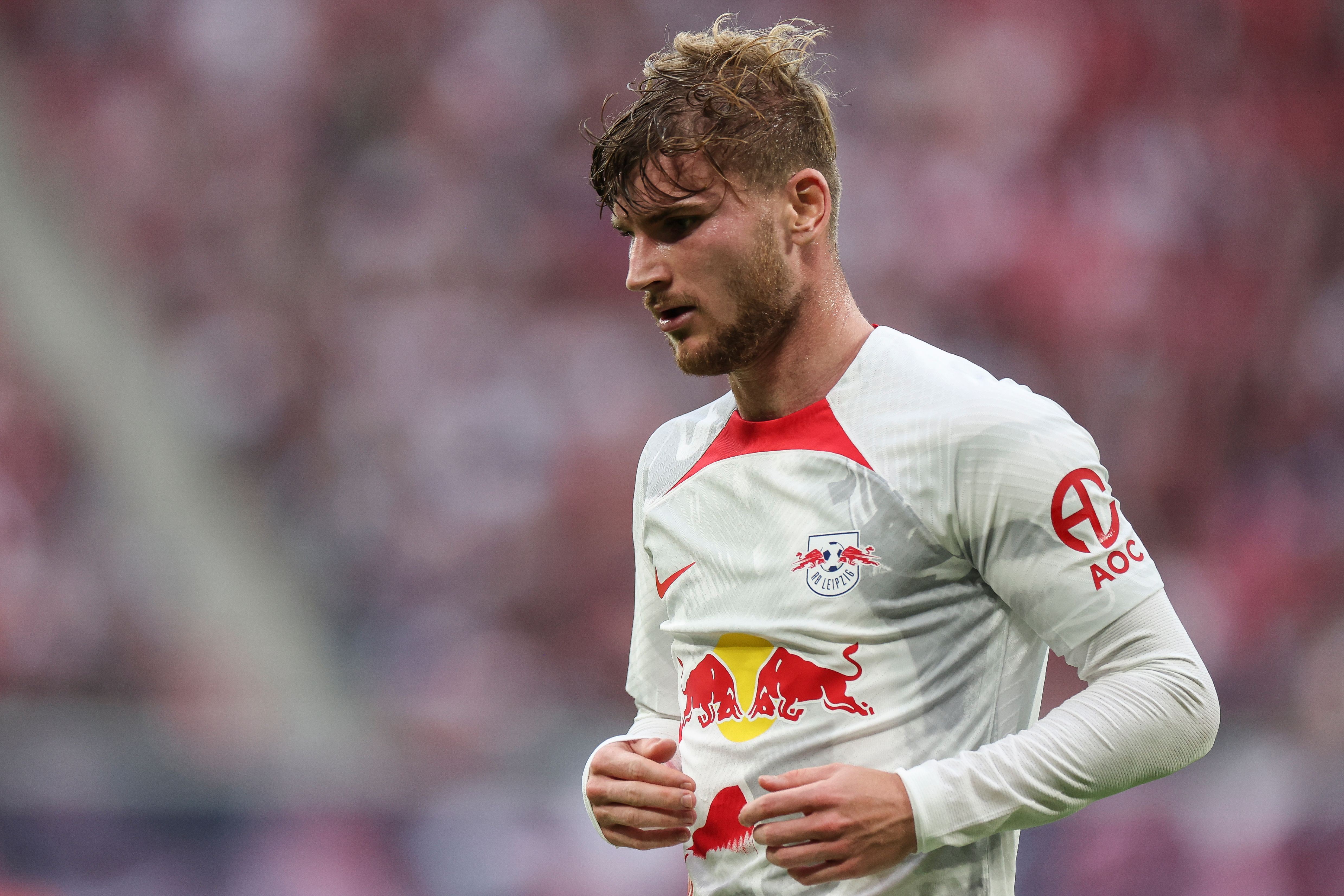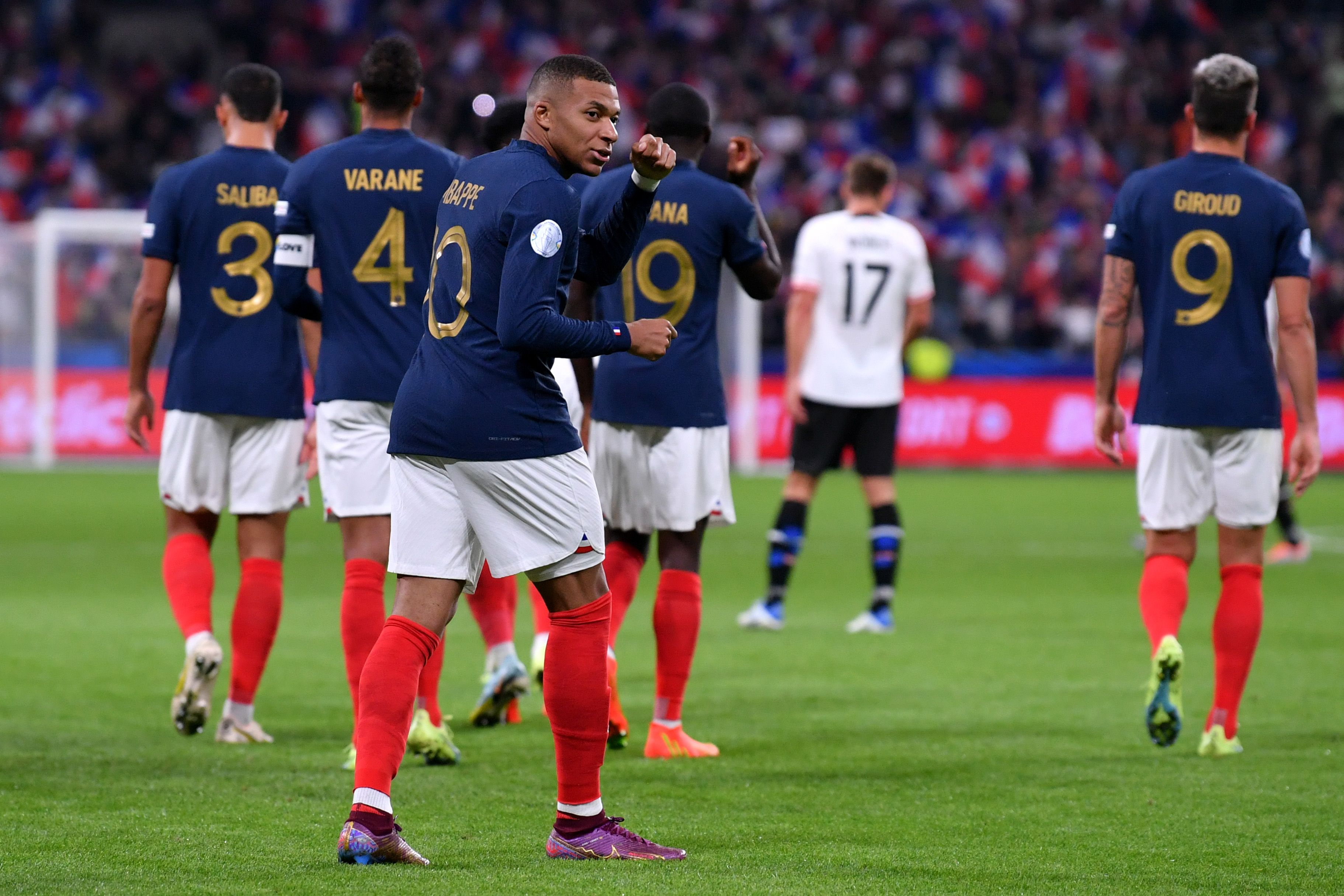It was after the 1986 World Cup in Mexico that Jack Charlton, having just taken the Ireland job, gloomily pronounced that the teams there were “peas in a pod” and that tactically he had seen nothing new. But that, perhaps, was no surprise: the days when the World Cup served as a great showcase for innovation were coming to an end.
In truth, the World Cup was never really about innovation. Almost all the great tactical leaps recognised at World Cups – Brazil’s use of a back four in 1958, England’s abolition of the winger in 1966, the Dutch Total Football of 1974 – were adaptations that had first been trialled at club level.
It’s just that the way football was consumed then, the comparative dearth of media, meant that World Cups served effectively as great conferences where coaches, players, journalists and theorists would mass to exchange ideas.
The lack of time they spend with players makes it almost impossible for national managers to introduce any system that is truly innovative. The sense over the last 30 years has been of international football initially following at a discreet remove from the club game and then, as pressing structures among the club elite have become increasingly sophisticated, almost a different version of the same sport.
The sort of complex systems of pressing practised by Manchester City or Liverpool require hours of repetitive training-ground work to implement, conditioning the players to act almost as automata, as do the attacking schema required to circumvent modern defending.
How Does Qatar 2022 Stack Up Against World Cups Past?
International football, inevitably, is a simpler form of the game, and many teams, following the examples of Portugal in 2006 and France in 2018, will sit deep, look to keep things tight, and attack on the break.
Tournaments can take on a life of their own, as the 2014 World Cup, at least in its early stages, did after being ignited by Robin van Persie’s diving header as the Netherlands beat Spain 5-1, and that makes predictions particularly fraught, but there’s reason to fear that this could be a cagey World Cup.
For one thing, there’s a sense of exhaustion. Because of Covid, the calendar has been relentless for over two years. Everybody started the season tired. That the World Cup is being played in winter means there are only seven days between the final fixtures in this part of the European domestic seasons and the start of the World Cup.
There has never before been a gap of less than 16 days between the Champions League final and the start of the World Cup – and of course only two teams play in a Champions League final; the vast majority of players will have had at least a week more than that to recuperate.
A string of players have been ruled out after suffering injuries in the build-up to the World Cup; Reece James, Ben Chilwell, N’Golo Kanté, Paul Pogba, Diogo Jota and Timo Werner will all miss out.
LEIPZIG, GERMANY - OCTOBER 29: Timo Werner of RB Leipzig looks on during the Bundesliga match between RB Leipzig and Bayer 04 Leverkusen at Red Bull Arena on October 29, 2022 in Leipzig, Germany. (Photo by Maja Hitij/Getty Images)
In that sense, this could resemble the 2002 World Cup, the worst in recent memory, which began in May to avoid the east Asian rainy season, earlier than usual, and was ruined by exhaustion and the injuries that ruled out Zinedine Zidane, Robert Pires and Emerson and severely hampered David Beckham.
The lack of preparation, meanwhile, could also have an impact on the sort of football played. European managers had four Nations League games in June when their players were exhausted, then another two in September.
But most nations have had few, if any, friendlies. There has been little opportunity to experiment or to fine tune. And where previously a national coach could expect at least two weeks with his squad before the start of the tournament, this year he will have perhaps four days.
Covid protocols meant something similar happened before the Africa Cup of Nations in January and the result was that the first round of fixtures were extremely cautious. Managers set up their teams to sit deep, to take no risks, and the result was that the first round of group games yielded an average of just 1.12 goals per game.
The rest of the tournament wasn’t especially expansive, but goals per game did at least go up to 2.06 from the second round of fixtures onwards. World Cups tend to yield more goals than the Cup of Nations, but a cautious opening is likely. But that is a general picture. Individual nations have their own styles and their own issues.
What Tactics Will We See From European Teams In Qatar?
Germany, it’s safe to assume, will press hard, but their 3-3 draw at Wembley last month showed how vulnerable they can be to balls played in behind their high defensive line even with a goalkeeper as adept at sweeping as Manuel Neuer.
Spain, in the same group, are just as distinctive. Luis Enrique’s team will play a slightly more risky version of the possession game that carried Vicente del Bosque’s national team to the World Cup in 2010, but although it can play thrillingly fluent football, it can at times struggle for cutting edge, particularly against deep-lying defences.
France will be as cussed as ever under Didier Deschamps, a team built in the image of their manager, solid and joyless in midfield, and heavily reliant on the attacking partnership of Olivier Giroud and Kylian Mbappé.
PARIS, FRANCE - SEPTEMBER 22: Kylian Mbappe of France celebrates after scoring their side's first goal during the UEFA Nations League League A Group 1 match between France and Austria at Stade de France on September 22, 2022 in Paris, France. (Photo by Aurelien Meunier/Getty Images)
England under Gareth Southgate and Portugal under Fernando Santos are cut from similar cloth: they will try to establish control in midfield and avoid risk, relying on set-plays and high-class forwards to capitalise on half-chances.
The Netherlands, under Louis van Gaal, are harder to read: there will be some Total Footballing basis to their play, but Van Gaal has become increasingly pragmatic as he has aged and, with a squad that is nowhere near the level of great Dutch squads of the past, may be content with reactivity.
Brazil & Argentina’s 2022 World Cup Tactics
Beyond Europe, the two outstanding contenders are Brazil and Argentina, both of whom have exceptional records over the past three years, but almost entirely against non-European opposition.
Under Tite, the Brazil national team presses more than most Brazilian club sides and, although they have been pleasingly attacking, a two-man midfield screen of Fred and Casemiro with more creators in advance of them does not inspire huge amounts of confidence.
Lionel Scaloni’s Argentina, meanwhile, are also moderate pressers, but their strength is the balanced front three of Lionel Messi ghosting form the right, Lauturo Martínez in the centre and Papu Gomez on the left operating on the platform provided by a dogged midfield.
None of the favourites, though, make an overwhelming case and, in a World Cup likely to be dominated by fatigue and absences, a greater level of randomness could allow outsiders – Denmark, perhaps, Ecuador or Senegal – to thrive.
Hopefully Qatar 2022 will defy the grim auguries, but this has the potential to be a grim slog of a World Cup.






















